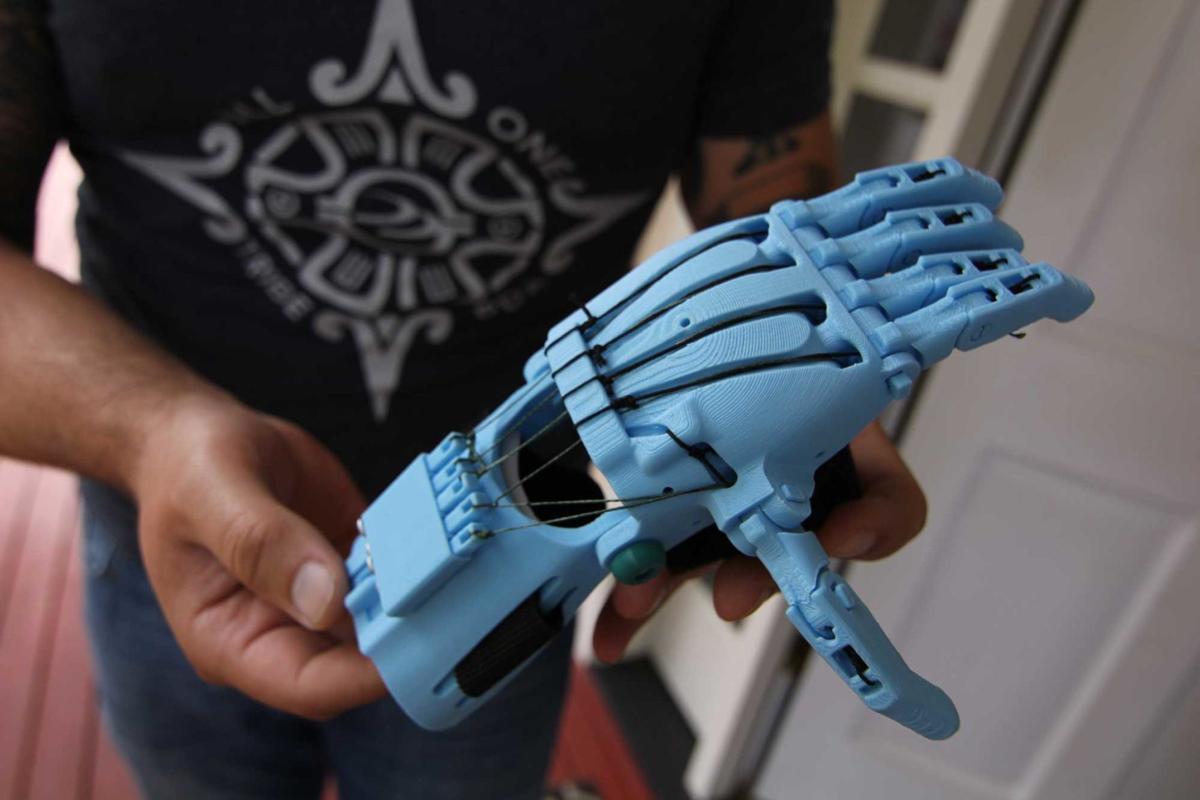THE PROBLEM WITH PLASTIC
Earth has a plastic problem, and it’s getting worse every day. It’s hard to go anywhere without seeing plastic trash lying or floating about. No longer is it just in our cities where the plastic pollution is being seen. Plastic pollution, in macro and micro forms, now covers our entire planet. Earth’s natural world, especially our oceans, have become overrun with plastic, and the problem is only continuing to worsen. When we see news article after news article about the plastic waste we produce, it’s difficult to stay optimistic. It’s also hard to imagine what any of us can actually do to combat the problem. After all, not everyone is a scientist, inventor, or activist.
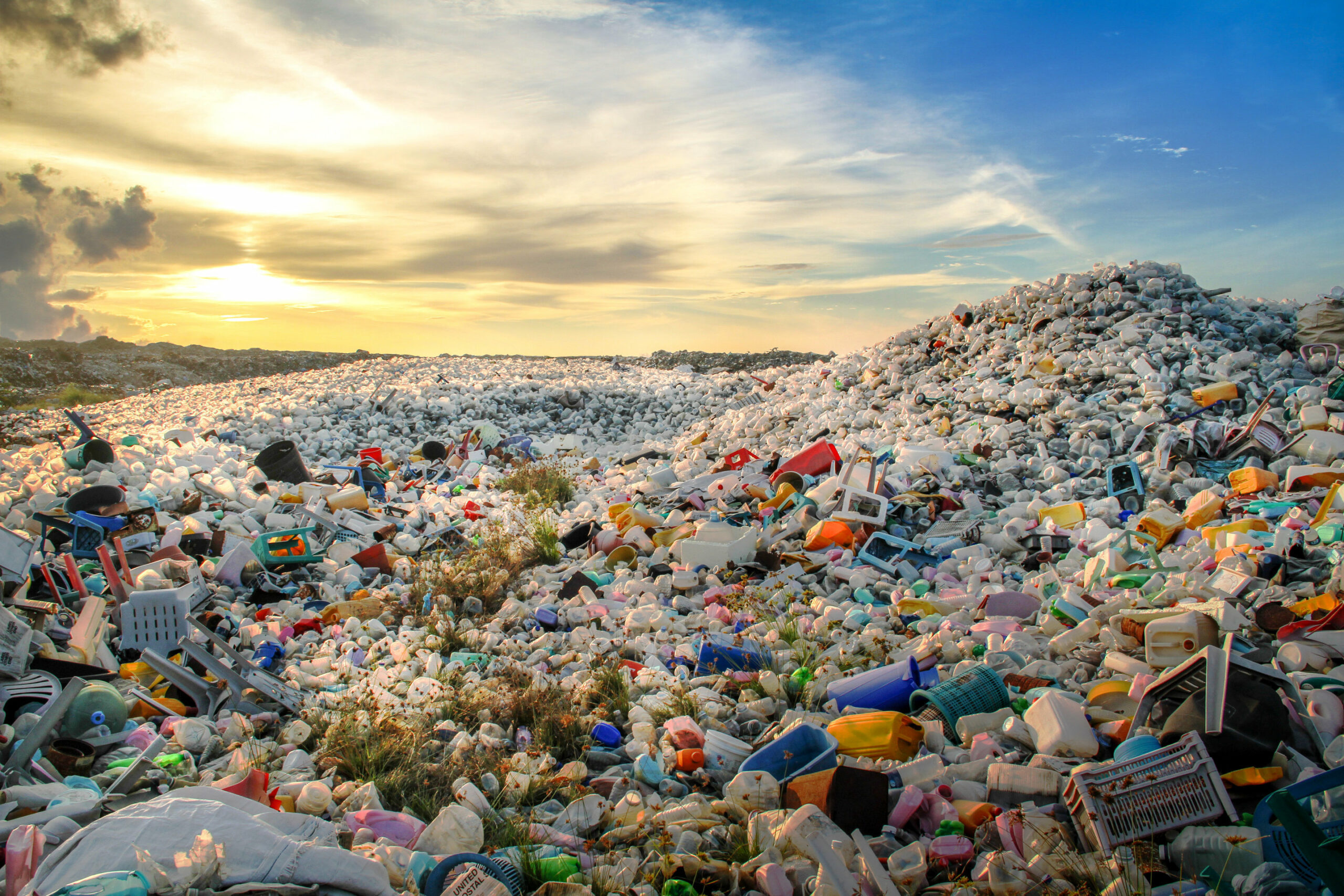
All solutions start with one step, and if each of us takes that step together, then we can make a difference. Together, we can be the solution to the plastic problem. In this case, that first step is simply knowledge. Knowing where plastic came from and why it is so widely used, as well as acknowledging why plastic is now such a threat to the future of our planet. We must look at what our future will become if we continue down the path we’re on, and we must look at what we can do in our daily lives to start combating this issue.
Reading this article is your first step to helping. Educate yourself on plastic, admit there is a problem, and commit to doing your part. It’s time to put down that pessimism and pick up some optimism. It’s time to be Plastimistic!
The History of Plastic
Many young people today do not realize that plastic was once looked at as being the solution to our species’ wasteful tendencies. Not only was plastic hailed as nature’s savior back then, but even today it still saves lives, and isn’t always just the toxic man-made evil that it’s sometimes represented as. The key thing to remember here is that it’s about the type of plastic that’s being used, as well as how the plastic is used. Not all plastic is bad, and taking a “No Plastics Ever” approach is unrealistic.

When was plastic invented?
The first man-made plastic was known as Parkesine and was created by Alexander Parkes in 1856. This plastic had a few difficulties however and so while it was a fun invention to display, it never really came to much. The very first plastic that was designed to be manufactured on a larger scale was a new take on Parkesine and discovered by John Wesley Hyatt in 1869. It was made by taking the natural cellulose that is found in plants – in this case getting it from cotton fiber – and treating it with camphor to make it more malleable. Hyatt now had a product that could mimic other popular and expensive materials on the market.
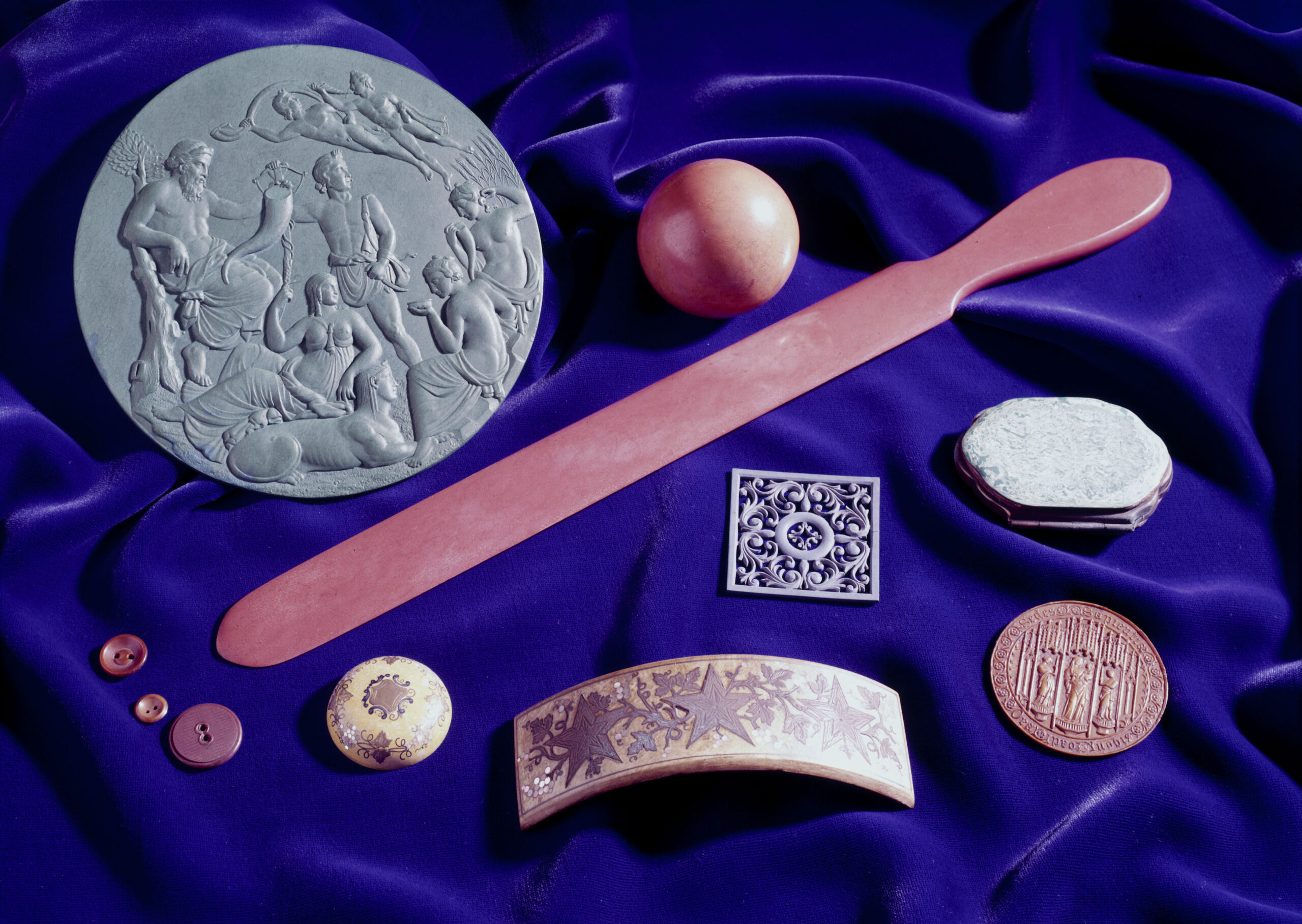
In fact, plastic was seen as the savior of elephants and tortoises. This is because it was replacing ivory and tortoiseshell, which were becoming scarce. Harvesting these materials also meant the death of these beautiful creatures. Such was the demand however, that people desperately tried to find an alternative product that they could sell at a cheaper price and at higher volumes. In its infancy, plastic was seen as an invention that would only change the world for the better and in many ways, it did just that for years. This new plastic was named celluloid, and it soon became the material that made motion pictures possible and gave birth to the film-making industry. The original plastics all came from natural material – wood or linen, and it wasn’t until much later that modern, fully-synthetic plastics came into the forefront and started causing problems.
Modern Plastics
Plastic, as we now think of it, began in 1907 when Bakelite was invented. This was the first mass-produced plastic and it caused a sensation around the world. It was the first plastic that used fossil fuels, in this case, coal tar, and it marked the beginning of the 100% synthetic plastics that we all now know so well. It was Bakelite’s inventor, a Belgian-American Leo Baekeland, that first coined the term plastic – and it sparked the era that would give birth to the largest environmental crisis in human history.
Within just a couple of years of being introduced to the world, Bakelite was being used in a whole range of different ways, from electrical insulation to jewelry. Other types of plastic soon followed, including PVC, polystyrene, and polyester. A type of Bakelite is even still used today, mostly for the electronics industry. Unfortunately, the original Bakelite tended to contain things such as asbestos, and it has since been passed up by cleaner, lighter, and more versatile versions of plastic.
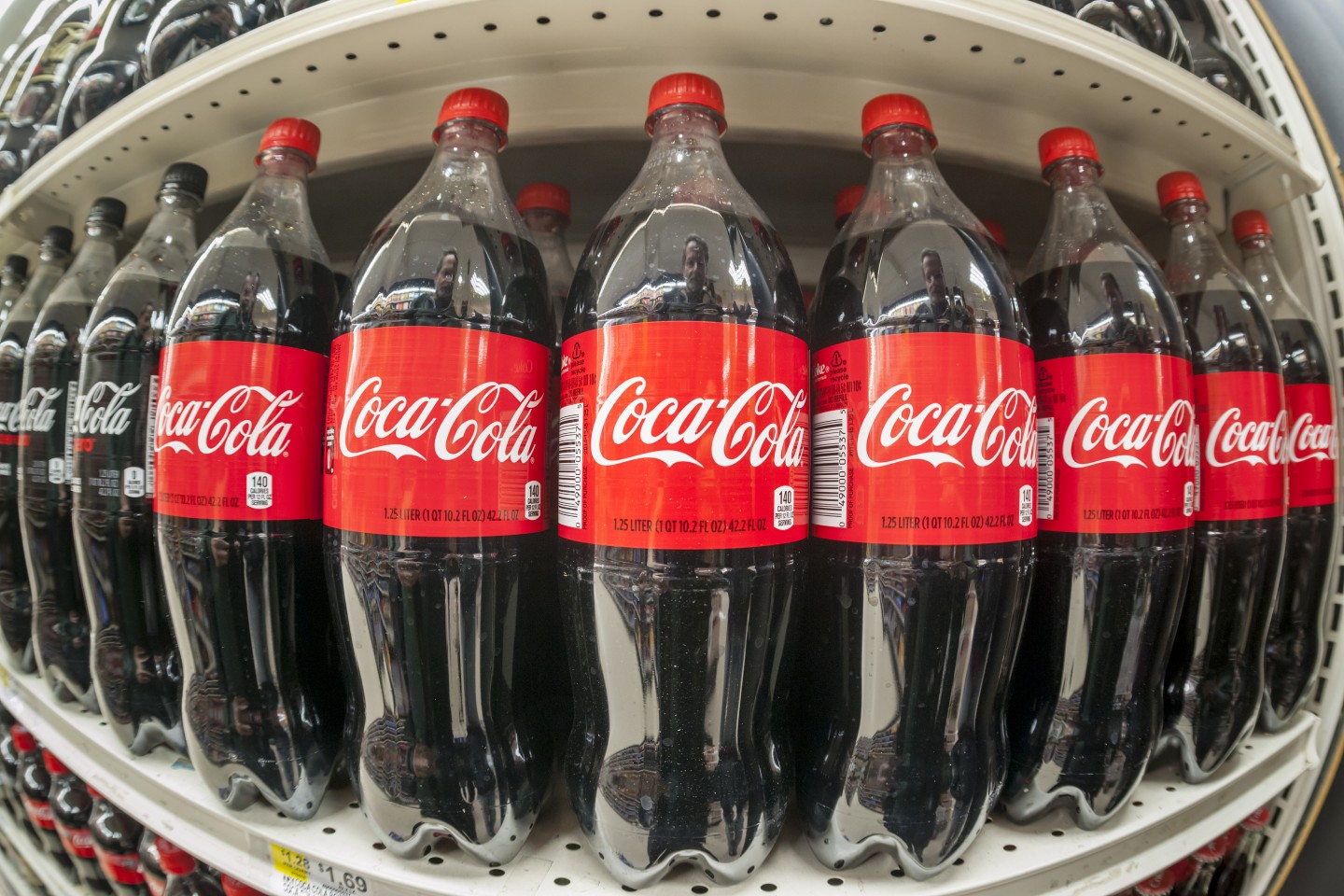
The increasing innovation of plastics and the continuing discovery of new materials such as nylon has had massive effects. Its lightweight and durable properties meant that nylon was used to make parachutes and tents in WWII. Another great movement was the introduction of plastic packaging, particularly for food. This had several beneficial impacts that in our haste to get rid of single-use plastic, we can easily forget. Reduced food waste was the main benefit here. Plastic wrapped food can be stored for longer, meaning that food isn’t as likely to be thrown out, at least that was the plan when the packaging first came out. It also means that it’s still fresh when it hits the shelves, so we have the best produce to choose from. Not only this, but plastic packaging for food is also more hygienic and helps prevent our food from getting damaged.
It’s important to remember that both past innovations and innovations happening in plastics even today are almost always done with good intentions. As much as I hate plastic, I also know it doesn’t need to go away completely, as every day plastic saves people’s lives all over the world. Plastic was never designed to harm, just as many other things in history weren’t known to be dangerous until years later – like the asbestos in Bakelite.
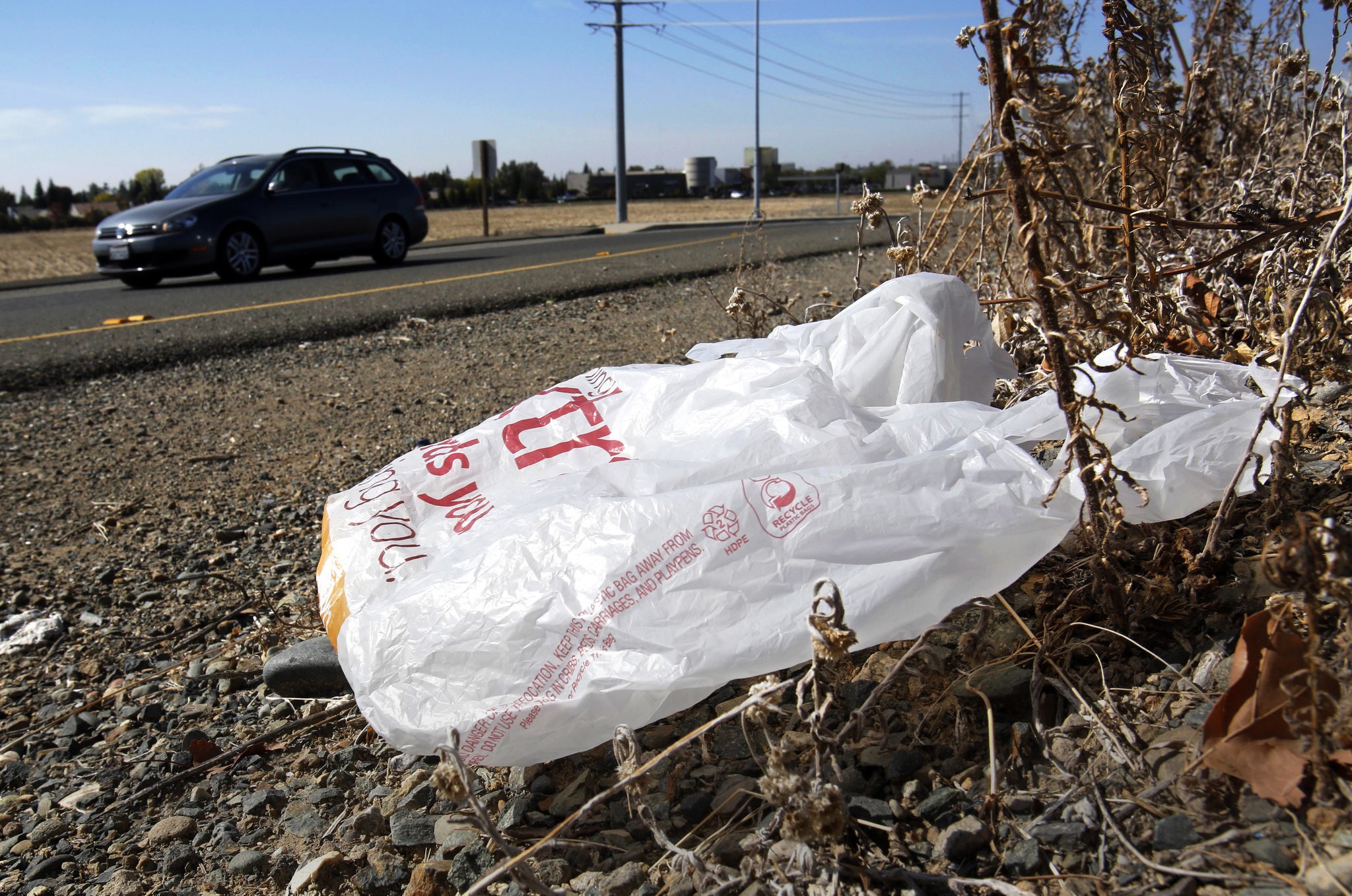
The Arrival of Plastic Bags
The plastic bag is now known as one of the worst single-use plastic items out there. They end up not only in landfills but out in our countryside and oceans where animals eat them and have their stomachs blocked because of them. We are all encouraged to use reusable canvas bags when out shopping, and many countries such as the UK and Ireland have introduced a plastic bag charge when you want one while shopping. Many cities and counties in the US have followed this example. Yet originally, the invention of the plastic bag was designed to help the environment. Creator Sten Gustaf Thulin thought that the plastic bag would (correctly) take over from the paper bag. Paper bags were seen as harmful to the environment because they caused so many trees to be cut down each year. He also thought that, due to the bags being so much more durable than paper ones, that they would be reused multiple times. In fact, so long as a plastic bag is reused, it actually has less impact on the environment than you might think. The main issue with them is that they are widely regarded as single-use items, and 3-5 trillion of them are produced every year.
Plastics Aren’t ALWAYS Bad
It’s wrong to say that plastic is a material we can do without. From its humble beginnings, it has grown into an entire family of different polymers that have given us the ability to make the most amazing things. Medical prototypes are made using plastic, as are joint replacements and even 3D printed prosthetics. Bicycle helmets are made from hard plastic, and it even insulates our homes. Maybe someday there will be replacements for more plastic items, but for now, we should focus on where the real danger is – our own wastefulness. The plastic that we use on a daily basis is what is damaging our environment, it is the plastic that is discarded and eventually ends up in our rivers and out to sea. Looking at how we interact with single-use plastic, and how we can reuse and recycle more of it, is the key to getting our plastic problem back under control again.
The Current Plastic Situation
Like all good things, plastic production started out small. In 1950, the world produced only 2 million tonnes every year. By comparison, in 2015 this figure was at 381 million tonnes. That’s a lot of plastic and due to the fact that plastic doesn’t breakdown easily, all of this plastic that we are producing year after year is just filling up our planet. With nowhere for it to go, it ends up in landfills and increasingly – in our oceans. The main culprit of this plastic pollution is fishing nets and what are known as single-use plastics.
What is single-use plastic?
Single-use plastic is exactly that – an item made of plastic that is designed to be used once and then thrown away. Sometimes the item isn’t necessarily designed for single-use – after all, a plastic bag can be reused but in most cases are still thrown away – this is still designated as single-use plastic. The most common items are plastic bags, plastic cutlery, plastic bottles, plastic straws, and of course fishing nets. When it comes to plastic pollution, these items, along with cigarette butts which also contain plastic fibers, make up the majority of the litter that is found discarded on our beaches and green areas.
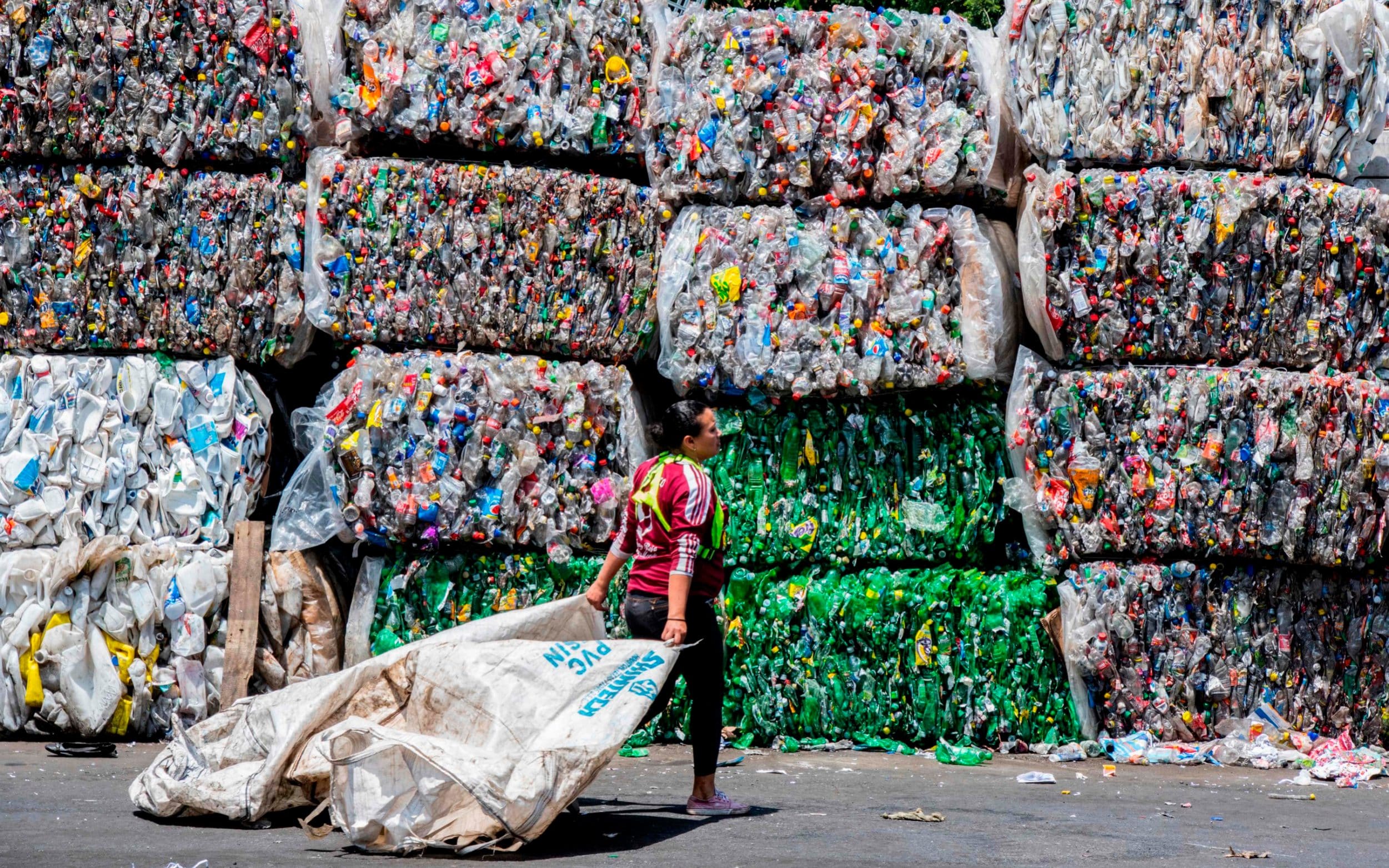
90.5% OF PLASTIC WASTE IS NEVER RECYCLED
Why is single-use plastic so bad for the planet?
There’s more than one reason why the plastics that we discard cause trouble. For one, our landfill sites simply can’t cope with the amount that is being thrown out each year. While many people make an effort to recycle as much as they can, many countries are overrun by the amount of plastic waste produced, and so their recycling plants simply can’t cope with the influx. In 2018, won statistic of the year. This is the proportion of plastic waste that has never been recycled. Coming to around 6,300 million metric tonnes, only around 12% of all plastic waste has been incinerated, with roughly 79% of all the plastic ever made in the world accumulating in either landfill or the natural environment. Too little of our plastic waste that can’t be recycled is incinerated, which is one solution to the growing problem. Yet incineration comes with its own problems. While efforts are made to reduce the number of chemicals released when our plastic waste is burned, this is still contributing in its own way to global warming.
Plastic uses fossil fuels
One fact that is easily forgotten about is that to make many of the plastics we use daily, it means using fossil fuels. Coal and oil are used to get the raw ethane to make the different polymers of plastic. Not only is this process in and of itself harmful to the environment, but as we all know, fossil fuels aren’t a renewable resource. One day, they will run out, and we won’t be able to make these plastics at all. Steps have already been taken to create plastics that don’t need fossil fuels, and the bonus to these is that they are biodegradable as well. This isn’t seen as a long-term solution at the moment, but when it’s needed, science has always been able to produce the most amazing things!
Plastic is hard to contain
We’ve already seen how countries can’t handle the amount of plastic waste that is being sent to recycling plants, but what about the rest of it? So much of it ends up in our waterways and oceans simply because it is lightweight, and the wind can carry it easily. This means that when plastic is thrown away in one area, its effects might only be seen hundreds of miles away or even more if it reaches the oceans. This is also one of the reasons that wildlife always tends to find discarded plastic, no matter how conscientious people are about their waste.
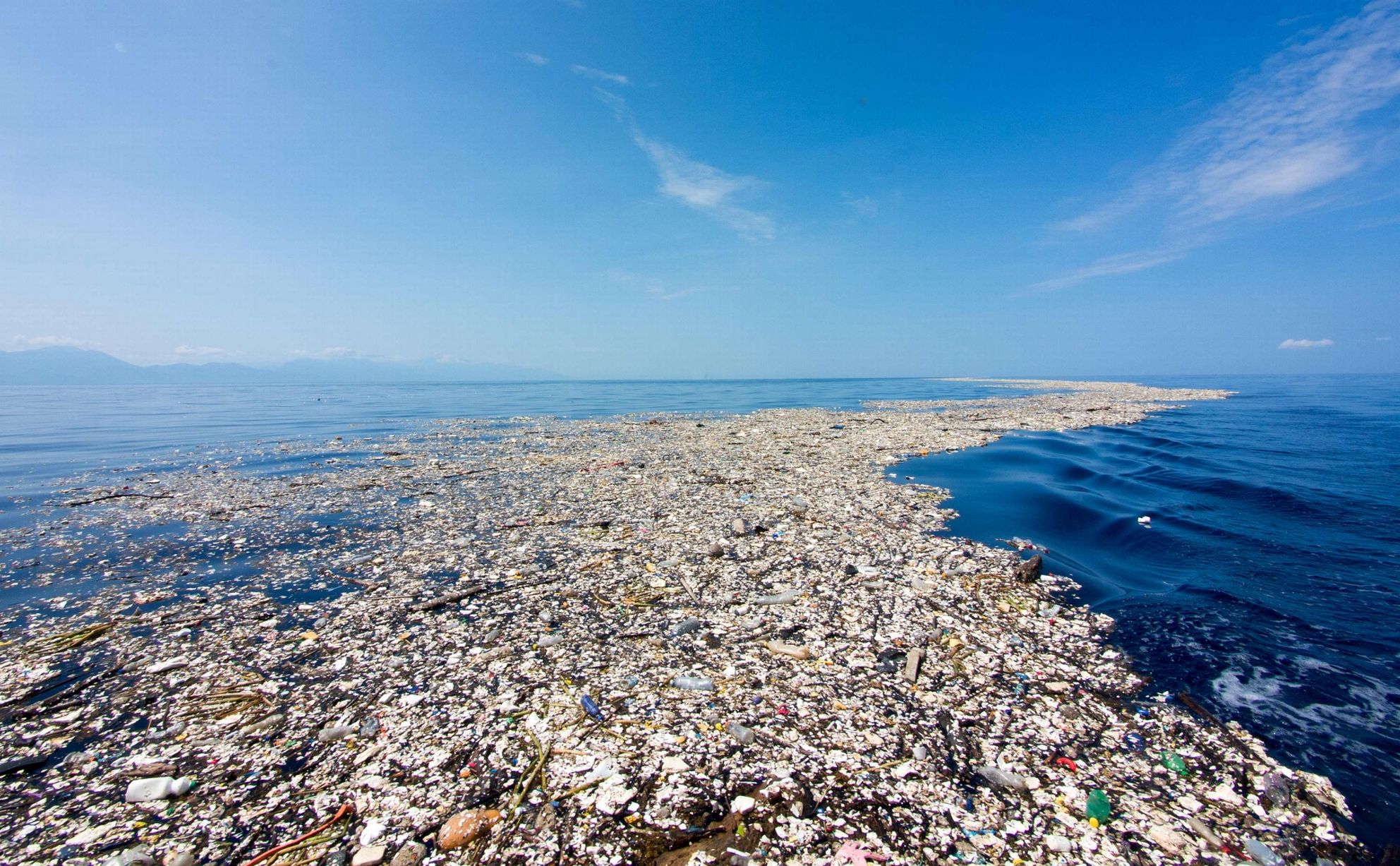
Plastic doesn’t degrade
It’s for this reason that plastic is such a problem. A plastic bottle will still be around for hundreds of years after it was made because it doesn’t decompose. This poses massive problems for landfill sites and also contributes to climate change. When plastic is in a landfill, sunlight starts to break it down, and this photodegradation leads to harmful particles being released into the air. By rights, however, we should actually see even more plastic in our oceans than we do. The reason we don’t is that they’ve been broken down by nature and sunlight into tiny particles called microplastics. Almost invisible, it can be argued that microplastics are the biggest concern we have when it comes to our plastic waste. This is because although these pieces of plastic are tiny, it hasn’t caused the plastic to decompose in any way They are still there ready to be eaten by wildlife and even us. On some beaches on the Big Island of Hawaii, as much as 15 percent of the sand is actually grains of microplastic.
Impact on animals
The animal impact of plastic has been well documented and is one of the things that has really made people sit up and ask what’s happening in our world. Animals who eat plastic can easily die from either poisoning or a blocked intestinal tract. They can also get caught in plastic, causing horrible injuries that eventually lead to a painful and unpleasant end. In our oceans, this is just as bad, if not worse. Plastic is so common in some parts that it’s hard to avoid, and so many marine animals eat it and suffer the consequences. Single-use plastic is messing with the natural order of our ecosystem, and so we find ourselves running out of time to save some species.
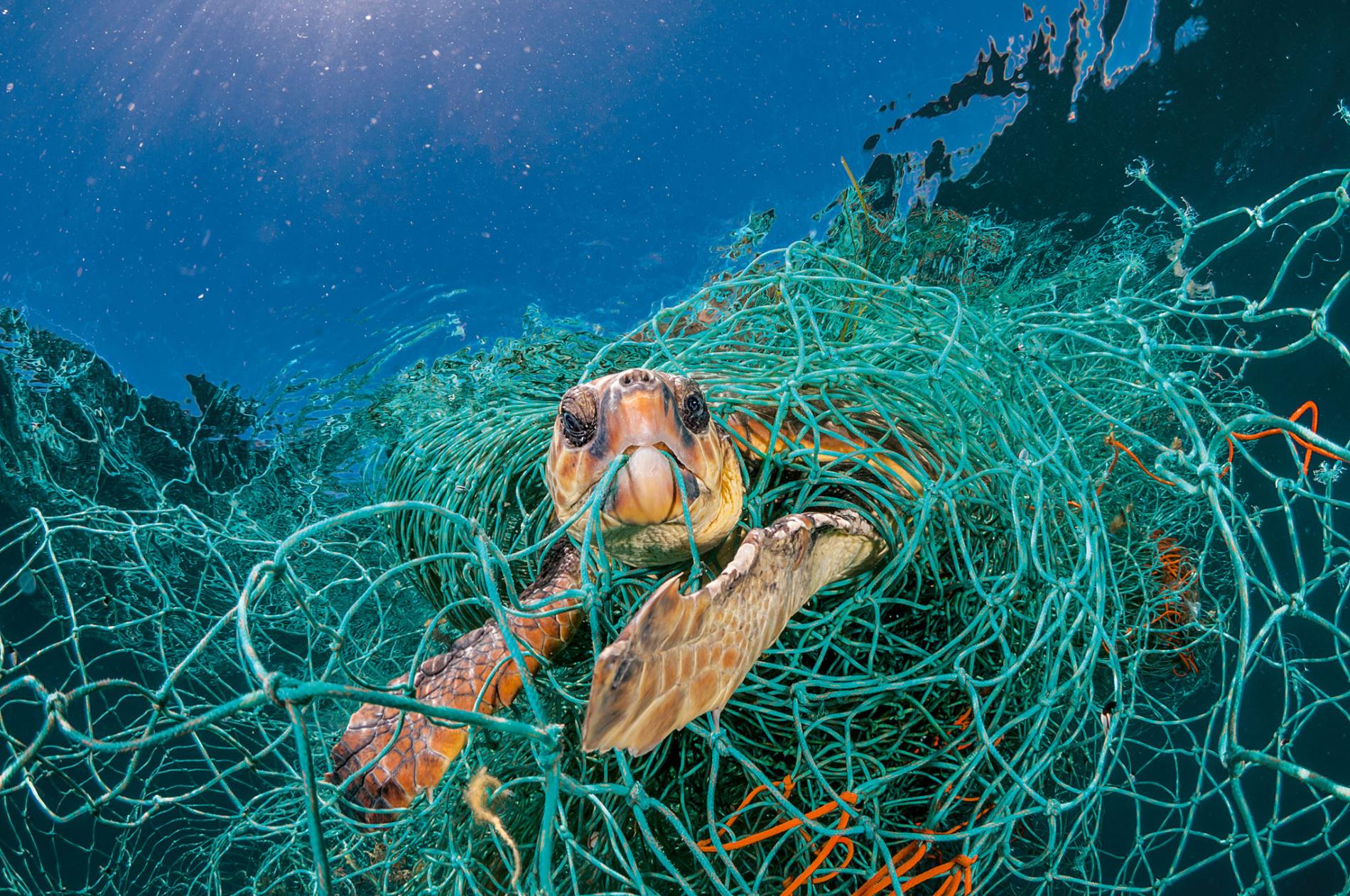
Impact on humans
If animals are eating plastic, then it’s clear that we are too. It’s now estimating that 75% of seep sea fish have microplastic in their stomachs. And that means that we will be ingesting it as well. Even if you don’t consume animal products, plastic is still getting into our system from a number of sources. Washing synthetic fibers send microscopic pieces of plastic into the water that we use and that is eventually filtered back into use. As plastic doesn’t break down, these microbeads must be somewhere, and the likelihood is that our bodies all contain some of them. There have already been some studies showing possible damage that this plastic can do to our bodies, but luckily there’s not that much evidence for it just yet, and more research on this needs to be done before there’s anything conclusive.
One thing is for certain, something has to change. But what? Not all of us can be Greta Thunberg after all, and with all of these facts, it’s hard to believe that anything that we can do will have an impact. Yet it can. You just have to be optimistic. If we all make some small changes to our attitude towards single-use plastic, and pick up some litter when we see it, then this can and will go a long way to changing the world for the better.
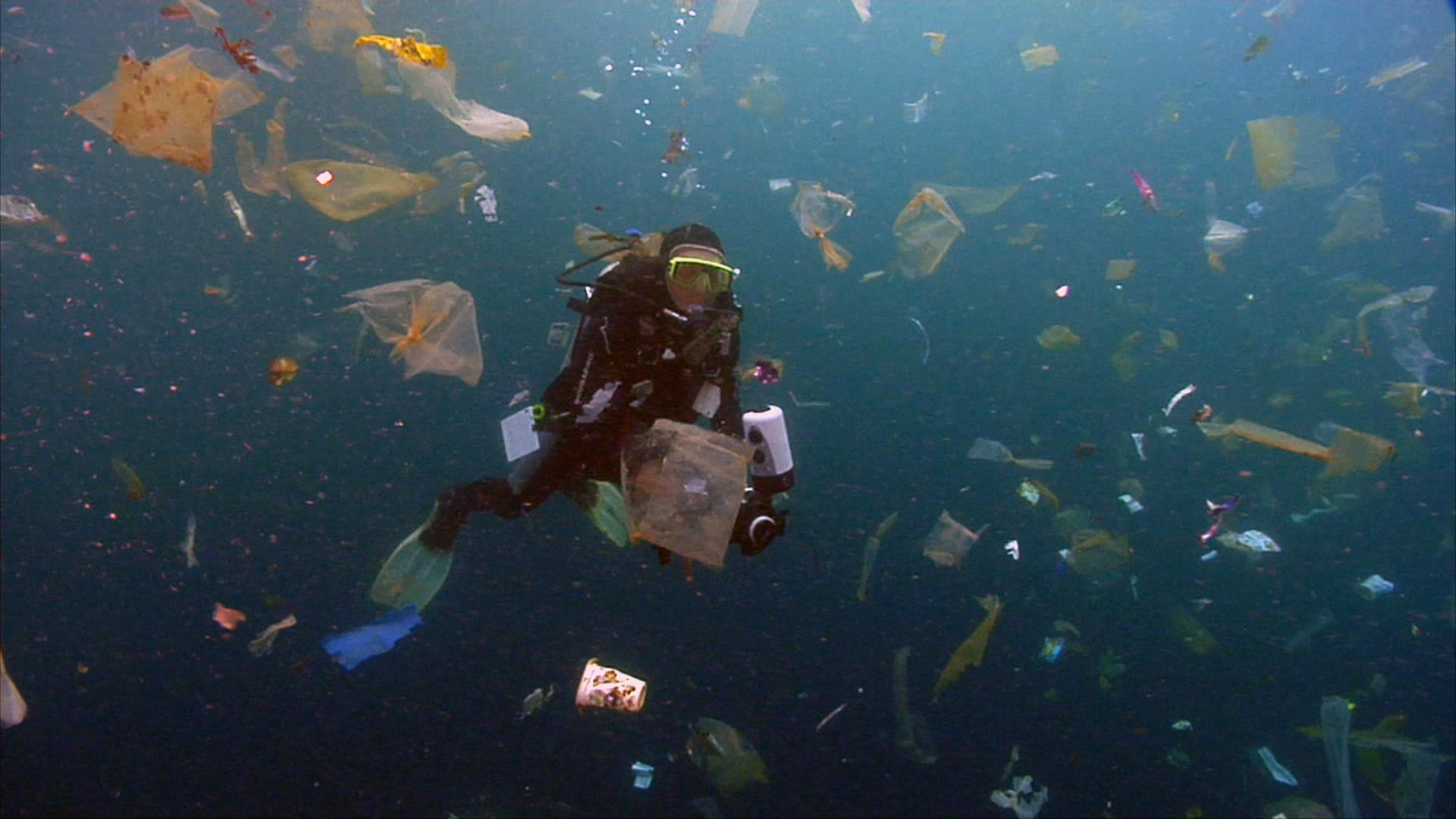
What Does Our Future Look Like?
When we look at all of the facts coming out about plastic pollution, it’s easy to see that the future doesn’t look that bright if we continue down the route that we have been for the last 30 years. It 2016, the World Economic Forum concluded that “there will be more plastic than fish in our oceans by 2050 if we continue on the path we are on.” This image of our world doesn’t really bear thinking about. Already in our ocean, there are places where a lot of the plastic ends up congregating due to winds and tides. These ‘plastic islands’ float about causing destruction wherever they go. The largest of these is known and The Great Pacific Garbage Patch and is thought to be 1.6 million square kilometers, an area twice the size of Texas or three times the size of France. When faced with this fact, it is easy to imagine just what our world’s oceans might look like in the future.
The Future of Plastic Waste Management
If we continue down the road we are on, it will become increasingly difficult to manage our plastic waste. As we have seen, our recycling capabilities are already under huge strain. In an effort to reduce the number of plastics that end up in our oceans and landfills, many countries would eventually turn to incinerating huge amounts of it. Some countries, particularly the EU, already burn up to 42% of their waste due to landfill restrictions, and this is only set to continue in the future. On such a large scale – due to the amount of plastic we currently produce – this incineration would have its own consequences, with the chemicals released only contributing to global warming, and not solving our plastic production problems. In 2016, U.S. waste incinerators released the equivalent of 12 million tons of carbon dioxide, more than half of which came from plastics.
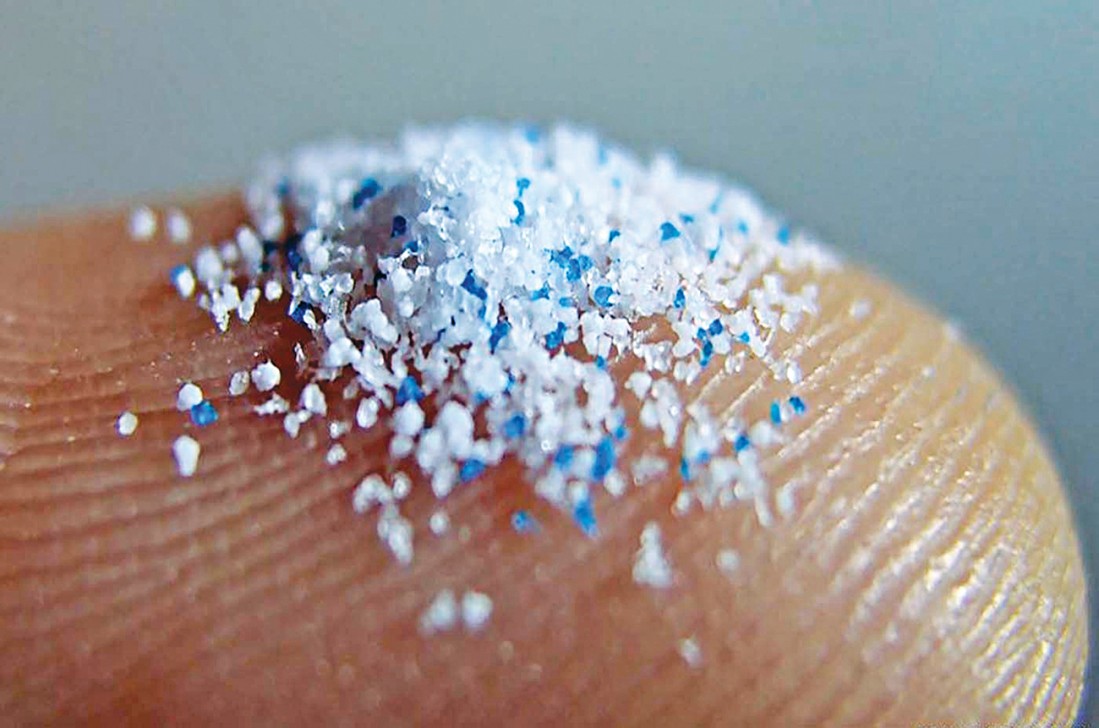
The future of microplastics
There is also, of course, the ‘missing plastics’ problem. Missing plastics refers to the fact that for years scientists weren’t sure where all of our plastic waste was. Much has been washed up and buried under shorelines all over the world. The rest of the answer is of course that it had broken down to microplastics. As the plastic in our oceans is broken down, microplastics will only increase, which is why it’s so important that we combat single-use plastic production as much as we can now, before this gets even worse.
The future of plastic in wildlife
If plastic pollution continues, we may have to say goodbye to much of our wildlife. Plastic is continuing to harm the habitats of some of our most endangered species. According to a UN report, marine plastic pollution has affected at least 267 species, including 86% of marine turtles, 44% of seabirds, and 43% of marine mammals. Without action, this won’t stop.
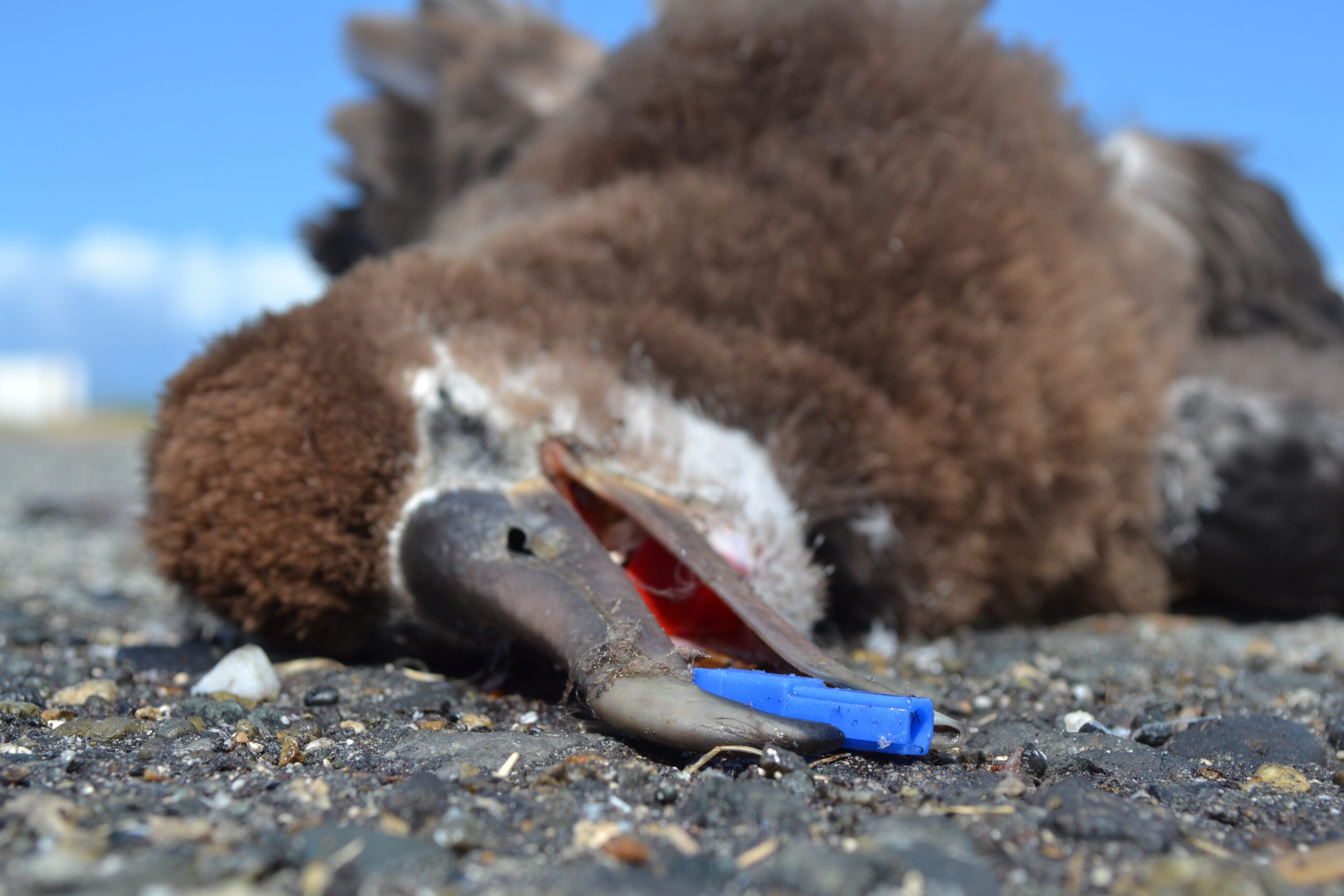
What Can Be Done About the Plastic Problem?
We’ve all probably seen at least one nature documentary featuring the voice of the grandfather of the fight against plastics, British legend Sir David Attenborough. The message of his work can seem dire at times, with horrific images of sea turtles and whales making us wonder if there is anything that we can actually do to help the pollution in our oceans, Yet the one thing that you’ll find in all of these programs is that they invariably end with a message of hope. Change can happen. Change does happen. Change will happen – if we all do our bit. In amongst all the doom and gloom of statistics, this is the thing that we need to hold onto. Yes, it sounds bad, and the situation is a bad one. But humans have a great capacity for change when we put our mind to it, and if we all just try to be more mindful of our plastic use – and in particular that of single-use plastic, then you might be surprised by just how quickly we turn things around.
What Are Countries Already Doing About the Plastic Problem?
Countries are taking the plastic problem seriously, with many doing their best to crack down on single-use plastics. In June 2019, Prime Minister Justin Trudeau announced that Canada aims to ban single-use plastics by 2021. Similar announcements have been made in India as well, which is a large consumer, and discarder, of plastic.
Single-use plastic items are well known to be a danger, and over the years more and more has been done to crack down on them. A number of cities, including San Diego, have banned containers made of polystyrene, otherwise known as Styrofoam. This proactive action shows that ideas are changing, and so we can be optimistic about the future so long as we keep our eye on the end goal – looking after our planet by being plastic conscious.
In the UK a massive campaign was set up to get rid of single-use plastic straws in all restaurants and bars. It was met with unrivaled success. Even the Queen got involved, banning plastic straws and water bottles from her estate. Paper straws are now found everywhere within the UK. This is proof that the will of a nation really can make a huge difference, one small step at a time.
Technology is also being used to help to tackle the plastic islands around the world. Of course, we should be focused on stopping more pollution, but there is so much plastic in our oceans that action needs to be taken to get rid of it now and so protect marine life. With scientists focused on tackling the problem and coming up with solutions, these stories give us the hope that we really can solve the plastic problem.
Simple ways that you can make a difference
We live in a world dominated by capitalism, but all markets are driven by what people want. By showing companies that you care about how much plastic they are using, this drives them to make changes to the way they work – because that’s what their customers care about.
When we think of the plastic problem, it can be so easy to get overwhelmed by all the things that we are told that we should be doing. It all comes down to conscious plastic use. We all use plastic items and there’s no use in worrying about all of it, because with some items there just isn’t a good viable alternative. Yet these are usually the items that you use often, and that you don’t throw away after use. If you want to do your bit to cut down on plastic pollution, it’s time to look at your single-use plastic consumption.
1. Don’t buy bottled water
Thirsty? Skip the bottled water next time and bring your own, reusable water bottle. Not only will this save you money, but you will be saving hundreds of bottles from the landfill every year. Filter your tap water if you need to and use the water fountain at your work to fill up. Having a water bottle can also help to remind you to stay hydrated throughout the day!
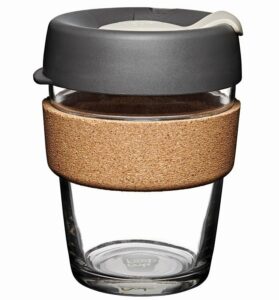 2. Bring your own coffee cup
2. Bring your own coffee cup
The same goes for your favorite hot drink. Let’s be honest, does anyone really like drinking coffee out of a plastic lid? Some of the eco coffee cups can really heighten your experience and you never have to worry about spilling as they are much more secure. Not only that, but it vastly helps to reduce plastic waste. While more and more companies use recycled cups, reusing is still better. Yes, they might be a pain to wash out, but at least you can get a cup that matches your personality, instead of having the same branded disposable one as everyone else.
3. Say no to the plastic straw
Out for drinks? Say no to the straw. If you really need one with an iced drink, then invest in some reusable ones to bring with you. Straws are one of the most damaging items to marine animals, and the UK has done a brilliant job of clamping down on their use, with most restaurants and bars now opting for paper as an alternative. If more people start refusing plastic in your area then maybe one day, plastic won’t even be an option.

4. Stick with reusable utensils
Now we don’t suggest that you travel with a full tableware set, but there are lots of viable alternatives to disposable plastic cutlery. Bamboo has become the material of choice because it is lightweight, heat resistant, and naturally antibacterial so it’s easy to clean! Having a set of cutlery in your bag or at your desk means that there’s one less fork that someone’s going to find out on the beach.
5. Buy your groceries unpacked
One of the most difficult things to get away from is the packaging that is used for food. While it keeps food fresher for longer, it also damages the environment. One way to reduce this impact is to buy in bulk so that you are throwing out less plastic. This can also save you money, so if it’s an option for you it’s good in more ways than one! The other way that you can reduce your impact is by buying loose fruit and veg or going to a store that allows you to bring your own boxes and packaging for food. Many items don’t actually need to be plastic wrapped, and so the less you use it the better.
6. Bring reusable bags when shopping
No matter where you go, you should have a reusable bag along with you. Not just for your grocery shopping, but for clothes as well. The trick is never leaving the house without one. You’ll be surprised at just how many times you’ll be glad you remembered it. See have many times you can say no to a plastic bag throughout the year and you’ll soon see what a difference one person can make when they put their mind to it.
By enacting these simple things into your daily life, you can drastically reduce the amount of plastic waste that is produced every year. If we all take these steps, then the need for single-use plastic will reduce, and so production will also be less. Sometimes we spend so much time wondering about the ‘big solution’ to our plastic problem, that it is all too easy to miss the answers that are right in front of us every day. Now that you have the knowledge to move forward, you can do your bit to become that solution. You can make a difference – you just have to be optimistic.

